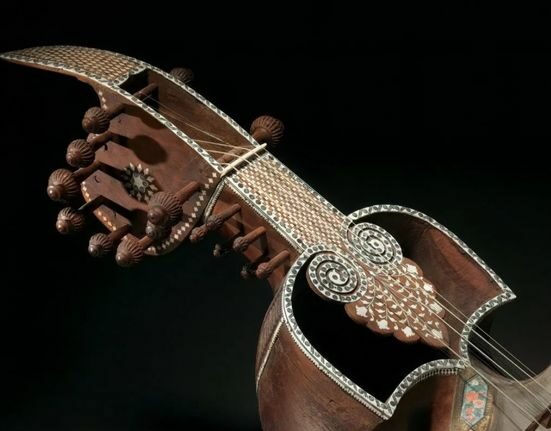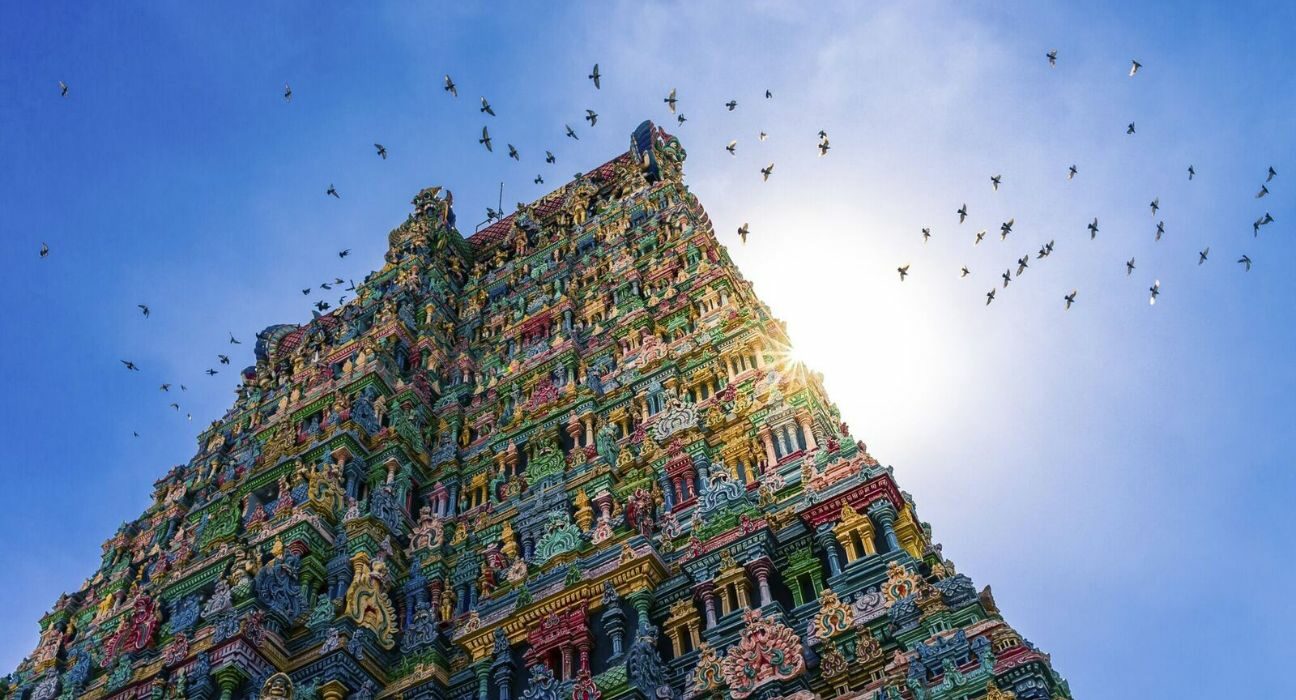Have you ever imagined music being produced from pillars carved from just one single stone, constructed thousands of years ago? Believe it or not, this isn’t science fiction – it’s a real phenomenon found in the ancient temples of South India! Read to find out more.
BeatCurry Team
South Indian temples can overwhelm you with a rush of emotions. Joy surges through you, tears well up in your eyes, hope blossoms in your chest, and a sense of surrender washes over you. The architecture defies imagination, a soaring testament to India’s rich past. Every towering structure whispers stories of civilizations and cultural evolution, etched in the intricate carvings that adorn its every surface. The throng of devotees adds a vibrant human element, and a palpable divine energy washes over you, a sense of blessings emanating from the very stones.
But amidst this awe, there’s a hidden wonder: these South Indian marvels hold a sonic secret – the famed musical pillars, waiting to be discovered! While all South Indian temples may not have these, we visited one such temple called the Nellaiappar Temple in Tirunelveli and here’s what the pillars sounded like!
View this post on Instagram
A BRIEF: SOUTH INDIAN TEMPLES
South India’s stunning temples, built between the 7th and 18th centuries, are famous for their towering structures. The heart of the temple, topped by a layered tower reaching for the sky. These incredible buildings are surrounded by hallways with carved pillars and courtyards, creating a grand space for worship. Carved from giant rocks, these ancient wonders were hand-built by sculptors centuries back with just simple naturally available tools. Symmetrically carved and balanced down to the very last fraction of a millimeter, they’ve stood strong for centuries – a true wonder of history. The earliest examples of South Indian structures can be seen in the 7th-century shrines at Mahabalipuram called the Shore Temple.
South Indian temples weren’t just houses of gods, they were vibrant stages for ancient dance and music, where faith met the rhythm of life. Be it a Carnatic Kacheri, Sangeeth Seva, Instrumental or Bharatanatyam recitals, these spaces were energy spots that would make you feel enriched, recharged and enlightened, even today. An interesting phenomenon that used to be a part of these devotional temple performances is the musical pillars, also called ‘SaReGaMa pillars’ or ‘singing pillars’, which are believed to have existed and used since then. It also wouldn’t be incorrect to believe that these pillars found in Shiva dedicated temple were once played by the almighty himself, he being the god of Tandav Nritya and the cosmic music and rhythm associated with it!
MUSICAL PILLARS
Coming to the sonic wonder of South Indian temples, the musical pillars are nothing but a cluster of 48 pillars (56 pillars in Vijaya Vitthala Temple, Hampi) carved out of a single piece of rock, known to create various musical sounds and notes. Each temple has a few clusters of such musical pillars and all in all, our country has over thousands of such musical pillars. Upon tapping or striking these pillars, one could hear the meditative musical frequencies, notes and sometimes even an essence of various Raagas, or instruments. But how could stones produce the sound of music? These pillars are carved out of rocks with sonorous and acoustic properties, such as granite (these types of stones are called Lithophonic Rocks) and were built during the Chola and Pandya dynasty.
Despite their identical height, weight, and diameter, these pillars resonate with different musical notes. A British attempt to solve the mystery by cutting a pillar revealed no hidden mechanisms, only more granite. Theories suggest the key lies in minute variations in sculpting – undetectable by eye but influencing sound.
Research on the South Indian musical pillars reveals a surprising range of sounds. The pillars are broadly classified as Shruti Pillars (based on notes), Gana Thoongal (based on singing or raagas) and Laya Thoongal (based on laya ie, Rhythm). While most tones correlate with percussion instruments like the mridangam, tabla, and ghatam, others mimic string instruments like the veena and wind instruments like the Shankh. Interestingly, some pillars even resonate with the sounds of bells (ghanta) and even the full seven musical notes (saptaswara).
WHERE TO FIND
Vijaya Vitthala Temple in Hampi, Karnataka
Madhurai Meenakshi Amman Temple in Madurai, Tamil Nadu
Nellaiyappar Temple, in Tirunelveli, Tamil Nadu
Suchindram Thanumalayam Temple, in Suchindram, Tamil Nadu
Kanchipuram Varadharaja Perumal Temple in Kanchipuram, Tamil Nadu
Lepakshi Veerabhadra Temple in Leepakshi, Andhra Pradesh;
Sri Padmanabhaswamy Temple in Thiruvananthapuram, Kerala and among other temples to name a few.
So, the next time you find yourself amidst the grandeur of South Indian temples, remember the hidden melody waiting to be unlocked in these pillars – a testament to the enduring legacy of Indian music and architecture.
All information sourced from various sources purely for reporting purposes only.
Related content and articles you’d like to see:
Subscribe to BeatCurry’s YouTube Channel here
Check out our Web Stories: Interesting scoops, trivia, stories, industry news delivered at your fingertips.
Watch: Exclusive interview with World’s Fastest Guitarist Davide Lo Surdo
Watch: Exclusive interview with GRAMMY awardee, Pt. Vishwa Mohan Bhatt
Exclusive Music Review: Mali Delivers An Ode To Each Broken, Hurt Heart Through ‘Ashes’
Exclusive Music Reviews: Mame Khan’s ‘Desert Rose’ Recites The Heartfelt Journey Of Life
Explore: #BeatCurryShorts NOW!
Explore: Check out the BeatCurry Podcast HERE!
If you’d like to know about the unique and versatile forms and flavors of music, follow us on Instagram, YouTube and Facebook, subscribe to BeatCurry.com and never miss another update from us.







